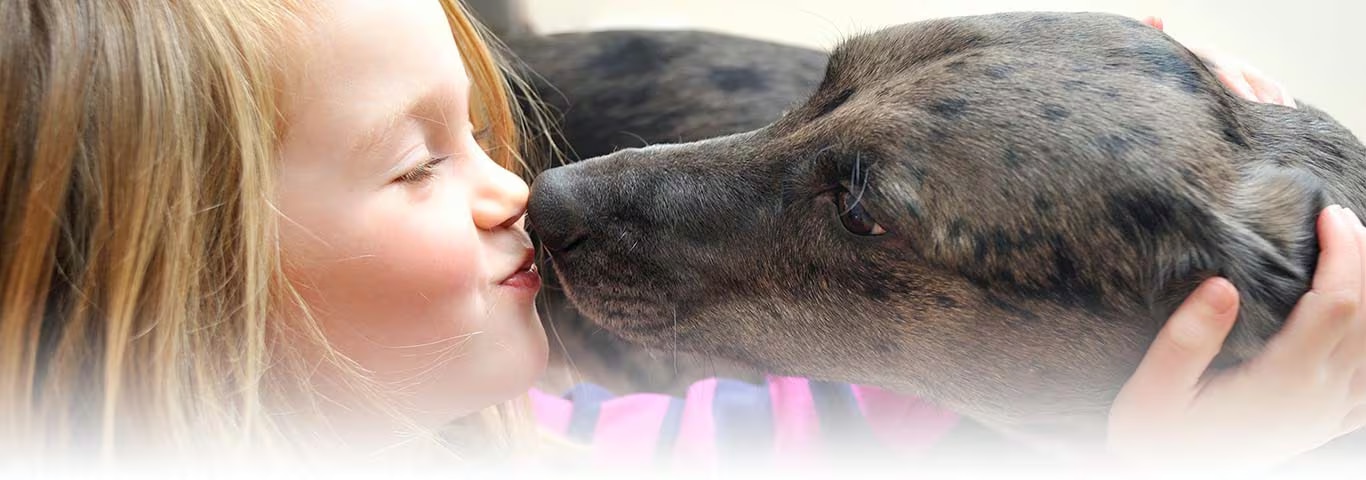The larger sized Mexican hairless can weigh up to about 30 or 35 pounds (13 to 16 kilograms).
When people in the United States refer to the Mexican hairless, they generally mean the miniature-sized Xoloitzcuintli (pronounced "sho-low-eets-queen-tlee"). But the Federacion Canofila Mexicana, A.C., the Mexican registry for all pets, considers both sized dogs Xoloitzcuintli or Mexican hairless, and differentiates them as either standard or miniature in size.
The Mexican hairless has a compact head with alert, upright bat ears. His snout is longer than his skull. His chest is considered deep and his stomach is muscular and lifted. His back is straight and ends in a rounded rump. His tail is long and thin. The dog's feet are like those of a hare.
Other than a tuft of coarse hair on its skull, the Mexican hairless is indeed hairless. Consequently, the dog does not shed. His skin is soft, smooth and warm to the touch. These dogs are gray, gray-black or dark bronze, and some have pink or brown spots.
Unlike other dogs, the Mexican hairless sweats through the skin, including under its arms, and seldom pants after physical exertion. This dog also may lack a full set of teeth, although most have their front teeth and molars.
The life expectancy is about 10 to 12 years.
The Mexican hairless is considered intelligent, even-tempered, affectionate and playful. The dog is also protective and will bark at intruders.
Some Mexican hairless dogs tremble easily, which could be related to nervousness or lack of warmth.
Because of the dog's smaller size, particularly the miniature variety, it may not do well with children who want to rough-and-tumble.
The Mexican hairless is a house pet best suited to warm climates. It can withstand brief walks in cool weather if protected with a sweater or coat.
When exposed to the sun, sunscreen should be applied to protect his skin. Some Mexican hairless breeders advise routine bathing followed by application of a non-oily lotion to keep the skin from becoming dry.
He has moderate exercise requirements; romping around the house and short walks should suffice.
The Mexican hairless usually can eat regular dog food, even though a full set of teeth may be lacking.
The Xoloitzcuintli is a rare and ancient breed and is sometimes mistakenly confused with the Chinese crested, another hairless dog. Except for the hairlessness, however, the two breeds are quite distinct.
According to some sources, the Mexican hairless was brought across the Bering Strait with the first people who came from Asia to populate the American continent.
However, skulls of dogs resembling the Mexican hairless and dating back 3,300 years have been found in Mexico. This raises the possibility that the Chinese may have gotten their hairless dogs from Mexico and that the Mexican hairless did, indeed, originate on the American continent. In fact, some speculate that the Chinese crested may have originated by crossing the Mexican hairless with the Chihuahua.
Mexican hairless dogs were used by ancient people for a variety of purposes including companionship, hunting and protection. The dogs also were believed to have curative powers for ailments such as arthritis. In fact, they give off more body heat than coated dogs and make perfect hot water bottles. Today, they are companion dogs.
Adopt a pet. Change a life.
Are you prepared to adopt a pet? Use these tools to make sure you are ready for the commitment.
Adopt a pet. Change a life.
Are you prepared to adopt a pet? Use these tools to make sure you are ready for the commitment.























